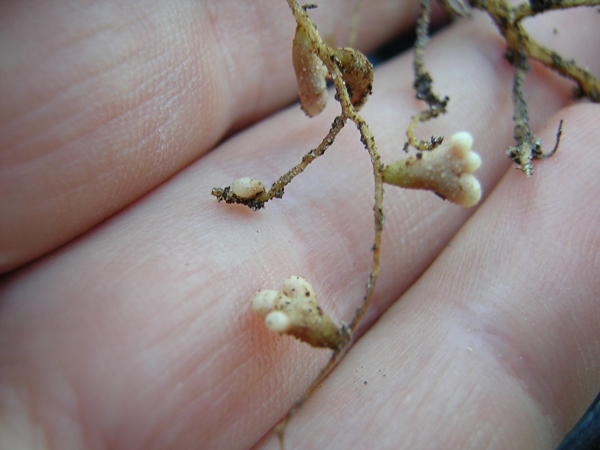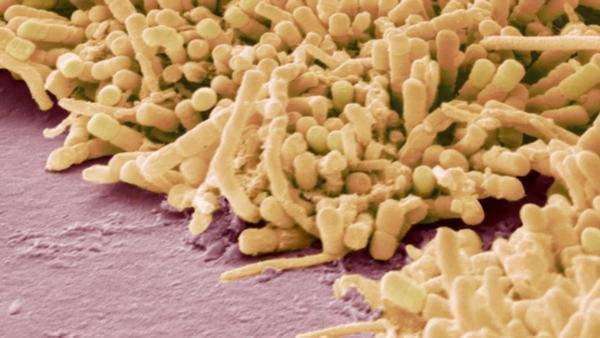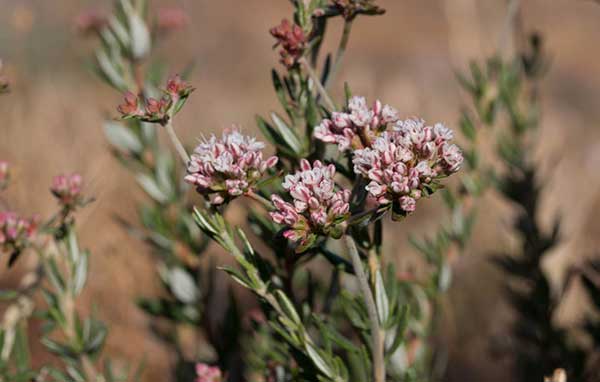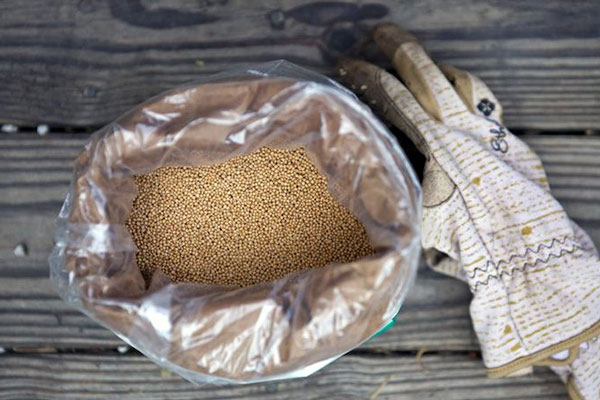An addition to the series on cover crops. The previous article discussed the most interesting legume cover crops, whose effectiveness lies in nitrogen-fixing rhizobial bacteria.
D.N. Prjanishnikov: “Leguminous plants are a miniature factory for utilizing atmospheric nitrogen, powered by free solar energy.”
Why is Nitrogen Needed?
The most important nutrient in all of agriculture is nitrogen (N). Nitrogen is the most abundant gas in the atmosphere (78-79%), but it is difficult to find elsewhere on our planet. N is partially dissolved in rainwater, but its quantity is negligible—15 kg per hectare per year. Despite its abundance in the air, atmospheric nitrogen is hard to access. To make nitrogen usable in biological systems, the triple bond in its N2 molecule must be broken, which is extremely difficult to accomplish.
Nitrogen is hard to obtain, but it is a highly demanded nutrient. Without N, there would be no amino acids or proteins—the building blocks of life.
What are Rhizobia?
Fortunately, nature has created a group of nitrogen-fixing rhizobial bacteria, Rhizobium, that solve this problem. Rhizobia are not the only ones responsible for nitrogen fixation, but they do most of the work today.
Rhizobium bacteria have special DNA sequences that code for the enzyme nitrogenase. Nitrogenase is an enzyme that breaks nitrogen bonds and converts N into a biologically available form. This process is energy-intensive for the bacteria. However, thanks to their partnership with plants, rhizobia receive carbohydrates produced by the plants through photosynthesis from carbon dioxide and solar energy. In exchange, the bacteria provide nitrogen for the plants in return for sugars. Rhizobial bacteria penetrate the root cells of plants from the soil and, during reproduction, create large colonies, which are visible to the naked eye as nodules on the roots of legumes.
Only certain plants have the ability to form relationships with nitrogen-fixing rhizobial bacteria. This group of plants belongs to the botanical family of legumes. Good examples of leguminous crops include clover, alfalfa, peas, beans, and peanuts.
 Nitrogen-fixing Rhizobial Bacteria on Plant Roots
Nitrogen-fixing Rhizobial Bacteria on Plant Roots
Leguminous crops are valuable for anyone who wants to grow their own food. While purchased fertilizers are unavoidable, costs can be significantly reduced, and this is not the only advantage of leguminous plants. This article does not focus on legume cover crops—more details can be found in this article . I’ll just mention that legumes, when incorporated into the soil, leave nitrogen that becomes readily available for other crops planted in their place after decomposition.
Source: “Homestead and Gardens” , a blog by an Idaho agronomist working on a nut and prune farm.
There is an opinion that successful nitrogen fixation requires the artificial inoculation of rhizobial bacteria into the soil using special preparations.





